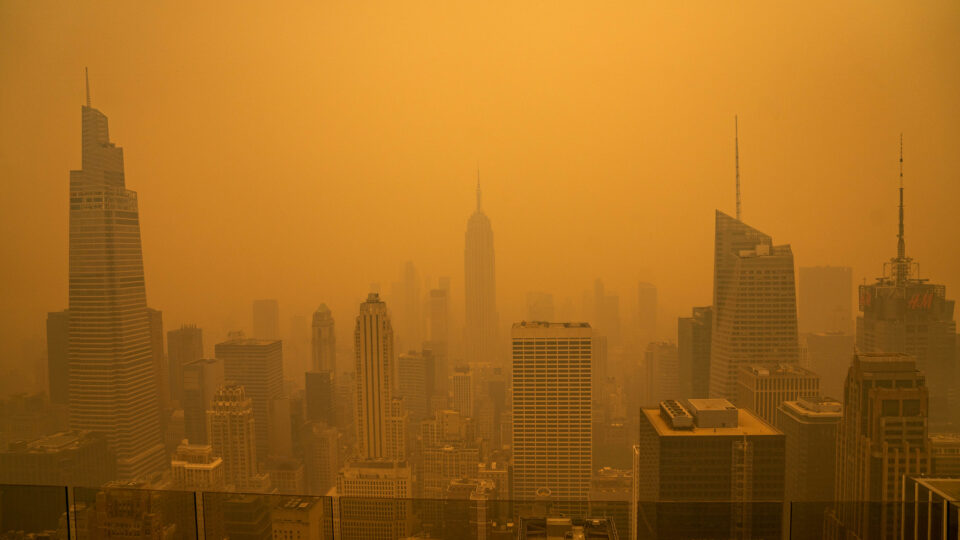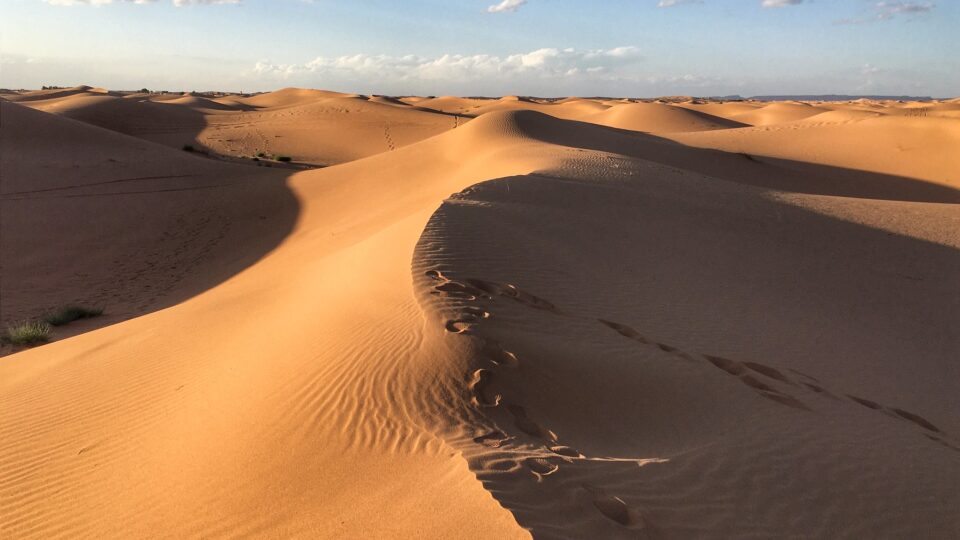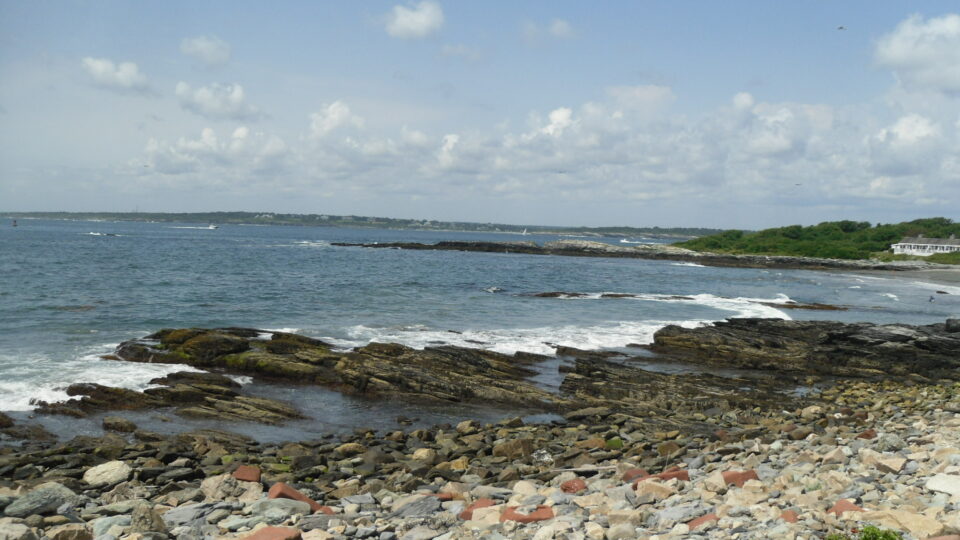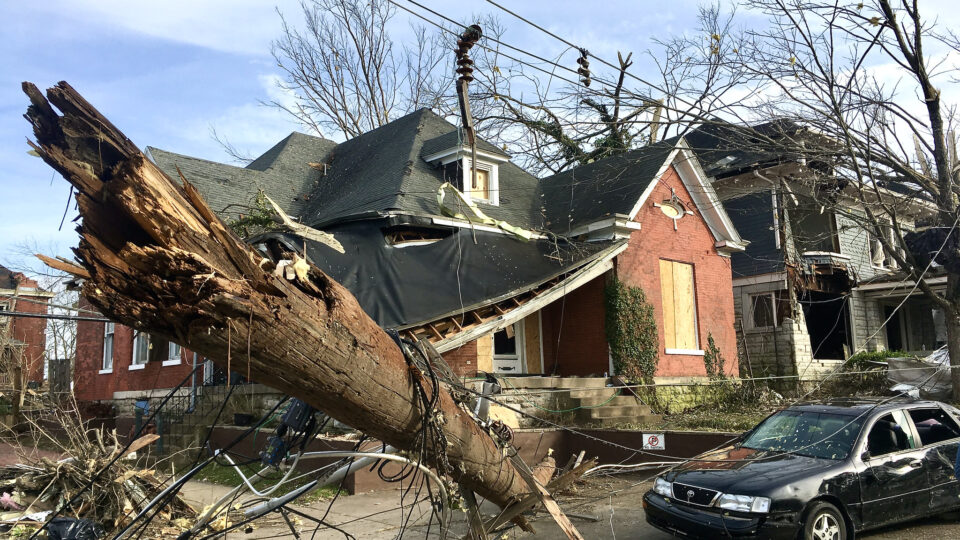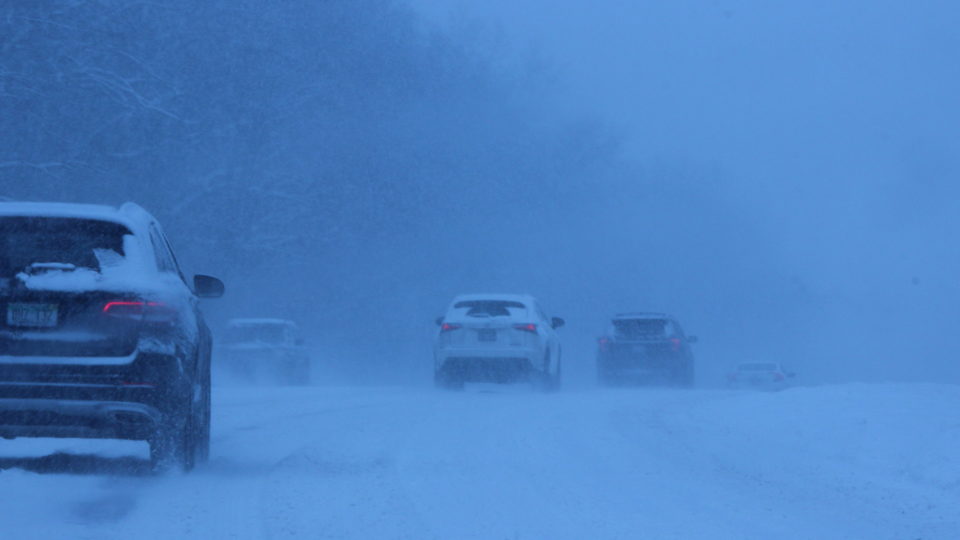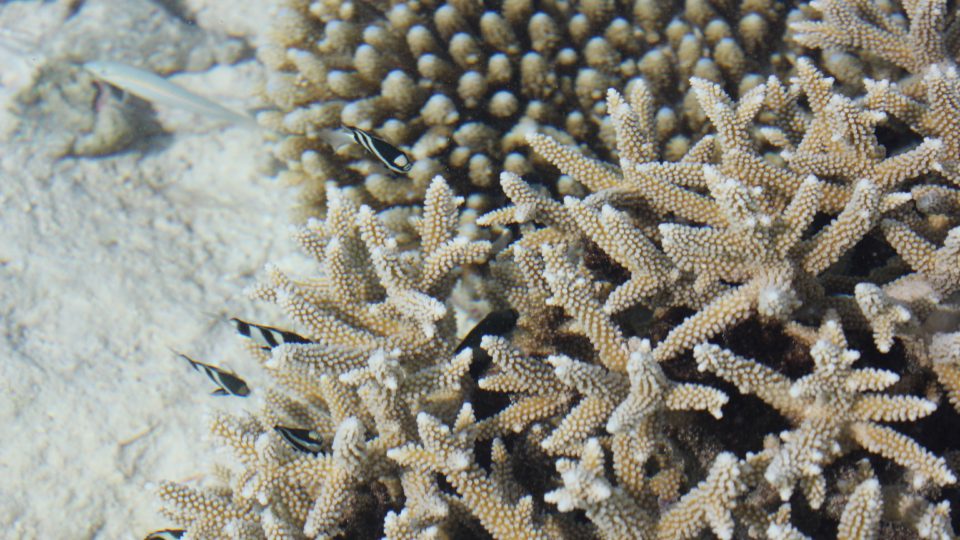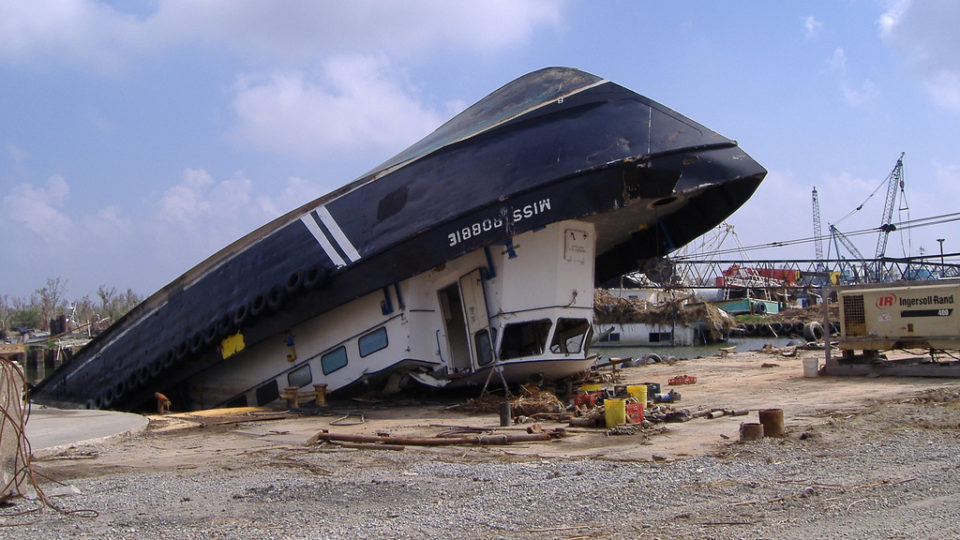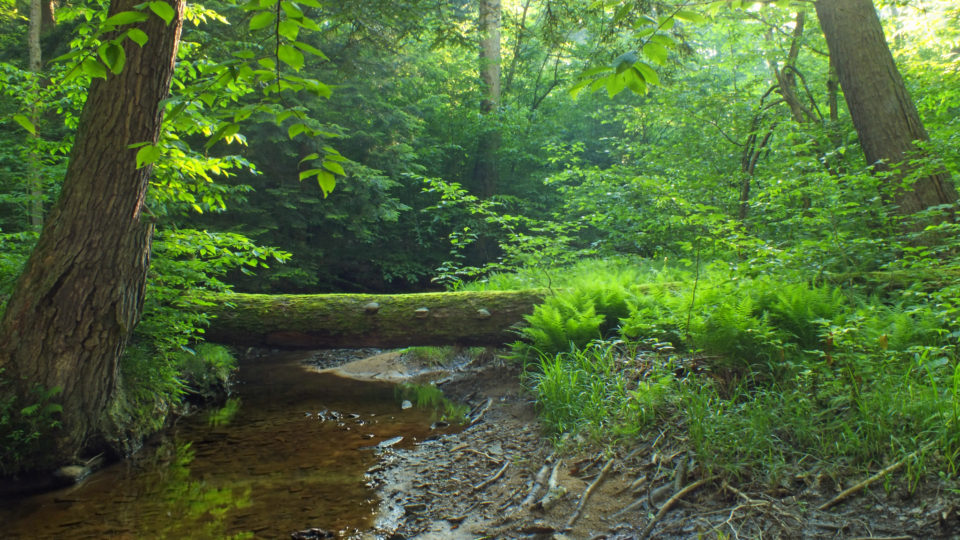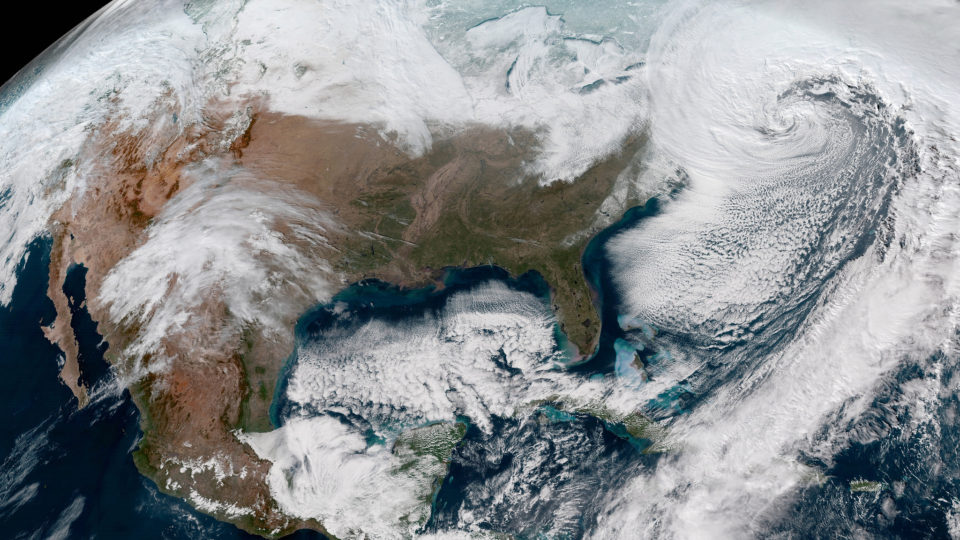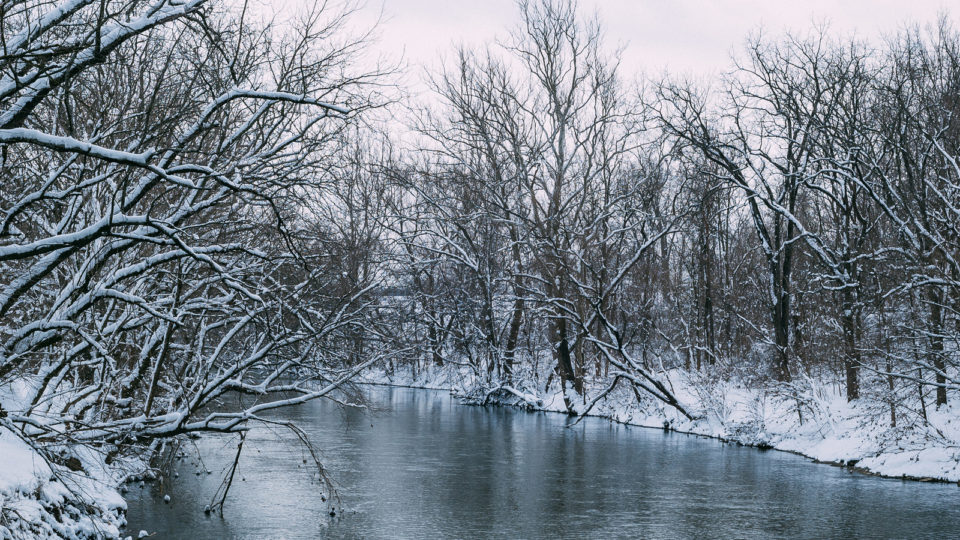Scotland, and the UK in general, used to suffer from sulfur dioxide pollution. Industrial and domestic emissions, especially from burning coal, contributed heavily to urban air leading to the London smog of the 1950s and the acid rain of the 1980s. But national air pollution agreements and various international measures have been highly successful in reducing sulfur dioxide emissions. Desulfurization of coal-fired powerplants and the introduction of ultralow sulfur fuels among other measures have decreased sulfur dioxide emission by 98% since 1970.
As a result, it came as quite a surprise on May 31st when Edinburgh saw sulfur dioxide levels higher than had been observed in over 30 years. The levels greatly exceeded air quality objectives for 10 hours with concentrations even creeping towards workplace exposure limits.
What happened? For once, it was nothing that people did. Two days earlier, a volcanic fissure eruption took place in the Reykjanes Peninsula in Iceland, some 850 miles from Edinburgh. Because of an unusual meteorological configuration, the prevailing winds sent the plume of volcanic gases southward towards Scotland. Had the eruption taken place 60 miles further north or happened a few hours later, the plume of gases would have missed the UK entirely and would have traveled north to the Arctic region.
Icelandic volcanic eruptions have impacted air travel in Europe on a number of occasions. This non-explosive eruption had little impact outside of its local region, but it turned out to briefly wreak havoc in Scotland. Fortunately, this pollution event was short-lived.
**********
Web Links
Photo, posted November 17, 2021, courtesy of Catherine Poh Huay Tan via Flickr.
Earth Wise is a production of WAMC Northeast Public Radio

